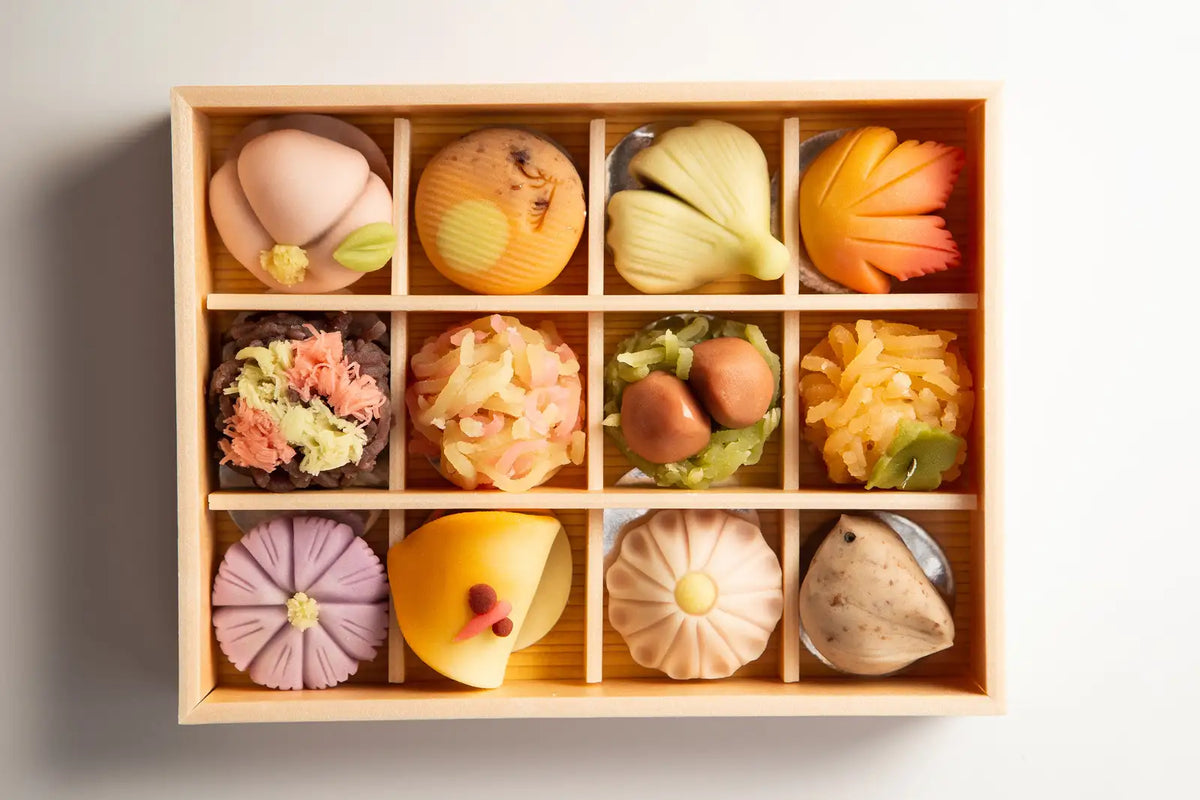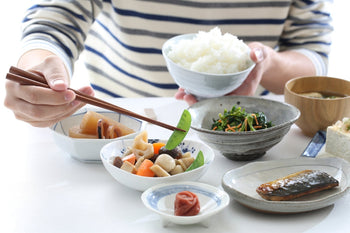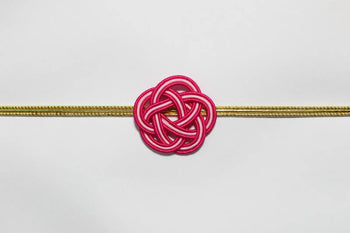

Imagine the delicate artistry of a traditional Japanese sweet that not only tantalizes your taste buds but also tells a story through its intricate design. Welcome to the world of Nerikiri—the enchanting art form in Japanese wagashi confectionery that seamlessly blends tradition, aesthetics, and flavor. In this blog post, we will guide you through the wonders of Nerikiri Art, from its historical roots to modern innovations, offering insights and inspiration for every Japanese snack enthusiast.
Discovering Nerikiri Art
Nerikiri is a type of wagashi, which is a traditional Japanese sweet often enjoyed with tea. This particular sweet is renowned for its delicate beauty and intricate designs, crafted to reflect the natural beauty of Japan's changing seasons. The history of Nerikiri dates back to the Edo period when confectioners began to experiment with sweet bean paste and rice flour to create edible art forms. These sweets quickly became a staple in Japanese culture, serving as a visual and culinary delight during special occasions.
The significance of Nerikiri extends beyond its visual appeal. Its creation is a deeply meditative process, requiring patience and precision. Artisans pour their heart and soul into each piece, transforming simple ingredients into miniature works of art. This dedication to craftsmanship is what makes Nerikiri so revered in Japanese culture, embodying the philosophy of 'kodawari'—a relentless pursuit of perfection.
The Significance of Nerikiri
Nerikiri holds a special place in Japanese culture, not just as a treat but as a symbol of tradition and artistry. These sweets are often featured in tea ceremonies, where their exquisite designs and subtle flavors complement the bitterness of matcha tea. Each piece of Nerikiri is meticulously designed to capture the essence of a particular season or event, making them perfect for celebrations such as New Year's, cherry blossom festivals, and weddings.
The artistry of Nerikiri is an expression of the Japanese concept of 'wabi-sabi'—finding beauty in imperfection. Each sweet is unique, with slight variations in shape and color that enhance their charm. This appreciation for the ephemeral is mirrored in the seasonal motifs used in Nerikiri, such as cherry blossoms in spring or vibrant maple leaves in autumn.
The Art of Making Nerikiri
Creating Nerikiri is an art form in itself, requiring a delicate balance of skill, patience, and creativity. The process begins with traditional ingredients like white bean paste, sugar, and glutinous rice flour, which are kneaded together to form a pliable dough. This dough is then colored with natural dyes derived from plants and sculpted into intricate shapes using specialized tools.
The key to mastering Nerikiri lies in understanding the techniques used to mold and color the dough. Artisans use a variety of tools, including small knives, brushes, and molds, to shape the dough into flowers, leaves, and other delicate designs. Each piece is a reflection of the artisan's skill and creativity, with no two Nerikiri sweets being exactly alike.
For those interested in trying their hand at Nerikiri, there are many resources available online, including tutorials and workshops. With practice and patience, anyone can experience the joy of creating these edible masterpieces.
Modern Takes on Nerikiri
While traditional Nerikiri remains popular, contemporary confectioners are pushing the boundaries of this art form with innovative flavor combinations and designs. Modern Nerikiri incorporates a diverse range of ingredients, including matcha, yuzu, and even chocolate, to create unique and exciting flavors.
Creative designs are also becoming more prevalent, with confectioners using Nerikiri to depict everything from cute animals to famous landmarks. These playful and imaginative creations appeal to a younger audience, introducing a new generation to the joy of Nerikiri.
Where to Experience and Learn More
Nerikiri can be experienced in a variety of settings, from traditional tea houses to modern patisseries. For those looking to purchase these sweets, specialty wagashi shops and online retailers offer a wide selection of Nerikiri, each with its own unique charm.
For those interested in learning more about Nerikiri, there are numerous resources available. Books, online courses, and workshops provide valuable insights into the techniques and traditions behind this art form, allowing enthusiasts to deepen their understanding and appreciation of Nerikiri.
The Beauty and Significance of Nerikiri
Nerikiri is more than just a sweet—it's a celebration of Japanese culture and artistry. Through its delicate designs and subtle flavors, Nerikiri captures the essence of Japan's seasons and traditions, offering a sensory experience that is both beautiful and delicious. Whether you're savoring a traditional piece or exploring modern innovations, Nerikiri invites you to appreciate the artistry and craftsmanship that goes into each creation.
We hope this exploration of Nerikiri Art has piqued your interest and inspired you to experience the beauty of Japanese wagashi. We encourage you to share your Nerikiri experiences with us, whether it's a favorite shop, a memorable tea ceremony, or your own creations. Join the vibrant community of Nerikiri enthusiasts, and let's celebrate the rich tradition and creativity of this beloved Japanese art form.


